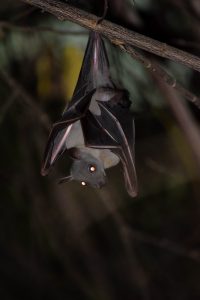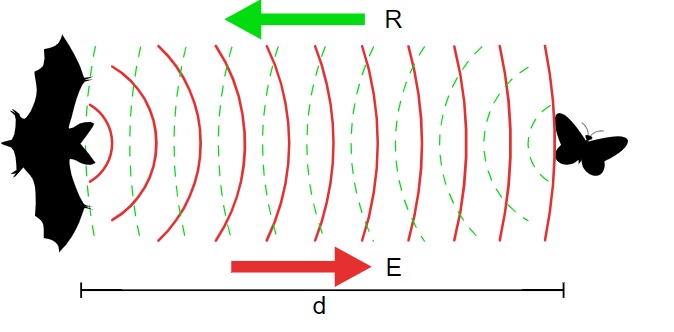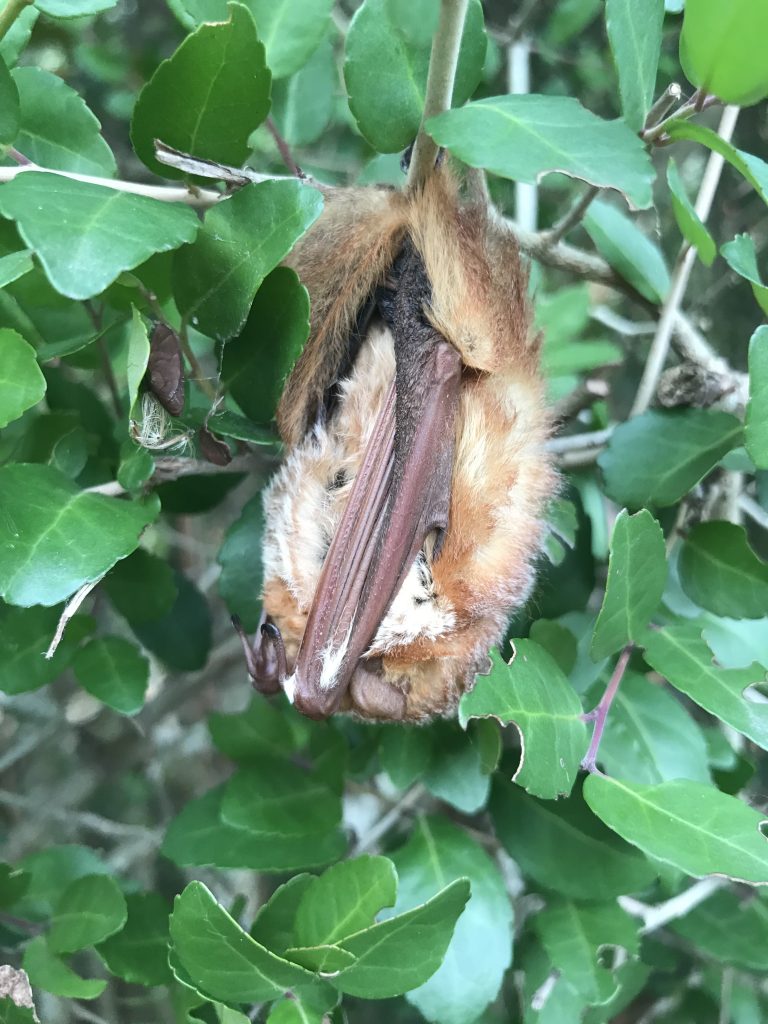Bat Facts
Bats are misunderstood by many people but help us out in multiple ways. Below are a few fun facts to help you understand more about bats and ways to protect them.
- Bats are nocturnal
- Live more than 30 years, fly up to 60 mph
- Able to find food in the dark using echolocation. They send out sounds that bounce off objects and travel back to them letting them know how far away it is from them.
- Can be found in every biome except polar regions and extreme deserts
- Play a very important role in many ecosystems by keeping bug and insect populations from getting too high
- Can eat up to 1,200 mosquitoes an hour
- Consume their body weight in insects every night
- Bats come in all shapes and sizes! The largest bat, the flying fox, is found on islands in the South Pacific and has a wingspan of 6 feet. The smallest bat is the bumble bee bat of Thailand, weighing less than a penny.
- Some bats hibernate in caves during the cold winter months, while others migrate to warmer areas in search of food.
- Not only do they take care of the insect population, but they also help pollinate some of our favorite fruits!
- Over 300 species of fruit are pollinated by bats including bananas, avocados and mangoes. They also help spread seeds for nuts, figs and cacao (the main ingredient in chocolate).
- More than half of bat species in the U.S. are in severe decline or endangered
- Most bats have only 1 pup a year, which is one reason they are endangered
- Disease is a big threat, specifically white-nose syndrome. White-nose syndrome is a white fungus that grows on the muzzle and wings of bats. The disease affects hibernating bats, so far it has killed 6.5 million bats.
- Unfortunately, bats greatest threat are people. Many people are afraid of bats and try to destroy them.
- Ways to protect bats: reduce pesticides, protect water quality, put up a bat house
- Important take-a-ways: Bats pollinate some of our favorite fruits. They are essential in keeping the insect population down and they need our help to protect them.
Recommended Posts








